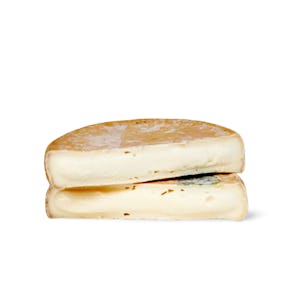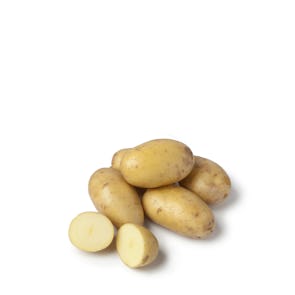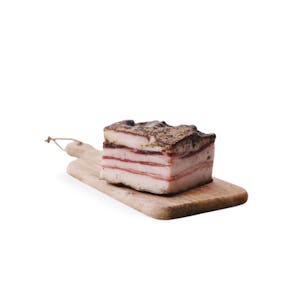The Tartiflette
The Famous Mountain Dish
Tartiflette
1 kg firm-fleshed potatoes
250 g bacon or ventreche de bigorre
200 g onions
500 g Reblochon
100 g creme fraiche ( purists do not add this )
2 tbsp olive oil
Originating in the 13th century in Thônes in the Aravis massif, the production area of Reblochon now covers almost all of Haute-Savoie department and the Val d'Arly in Savoie. It is produced from the milk of regional cows: mostly Abondances but also Tarentaises and Montbéliardes. There are two types of Reblochon recognizable by the color of the casein pellet:
Reblochon derives its name from the Savoyard term "re-blocher" meaning in the 16th century "to milk a second time", or reblasse, from a name given to a local fraud. Tradition has it that the farmers of the massif would milk first for the owner (usually the abbeys), and a second time after nightfall for themselves.
This cheese, which can also be eaten raw, slightly runny, cooked, or even in a salad, remains one of the most emblematic of the mountains!

 The Duck's Digest
The Duck's Digest
 The World Of Food
The World Of Food News & Events
News & Events Recipes
Recipes


